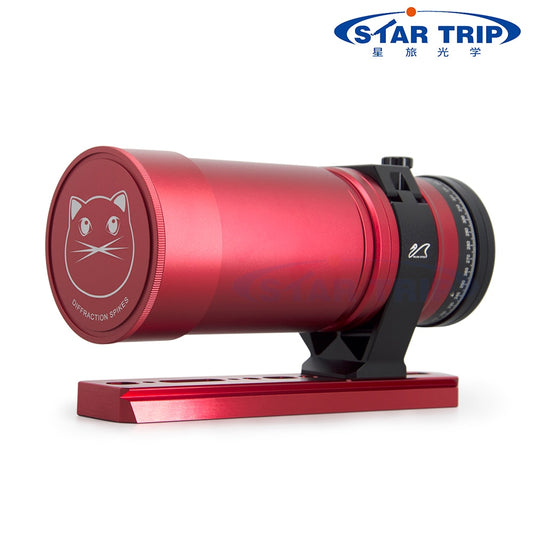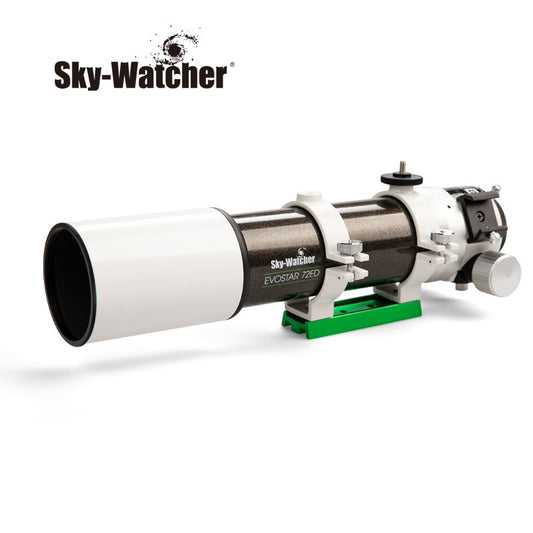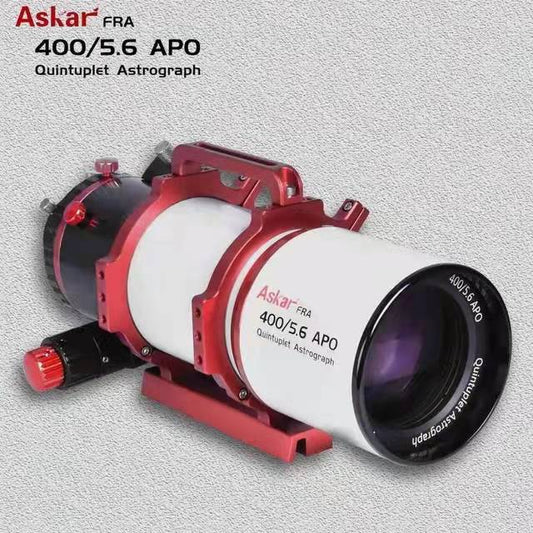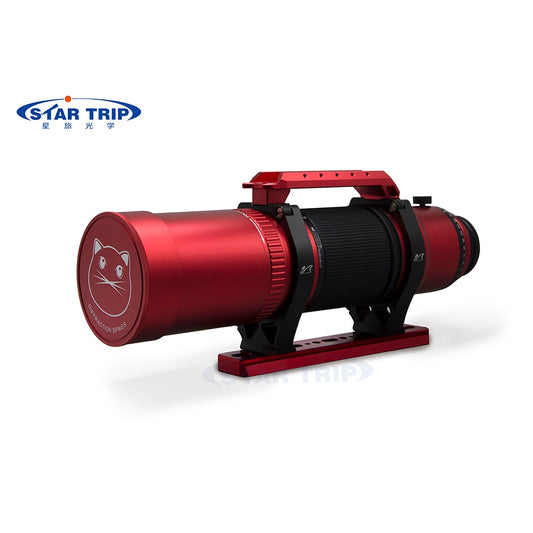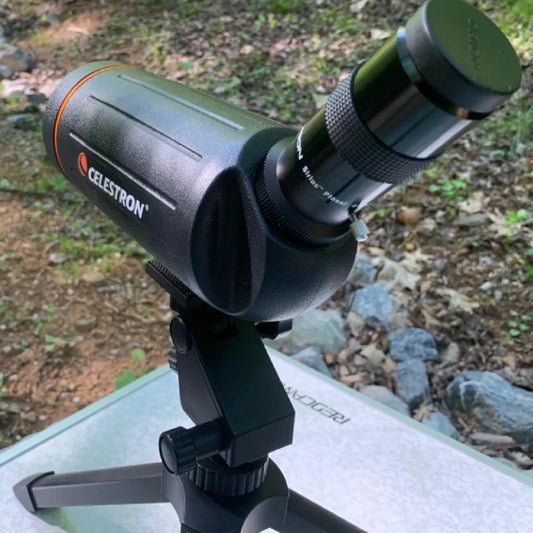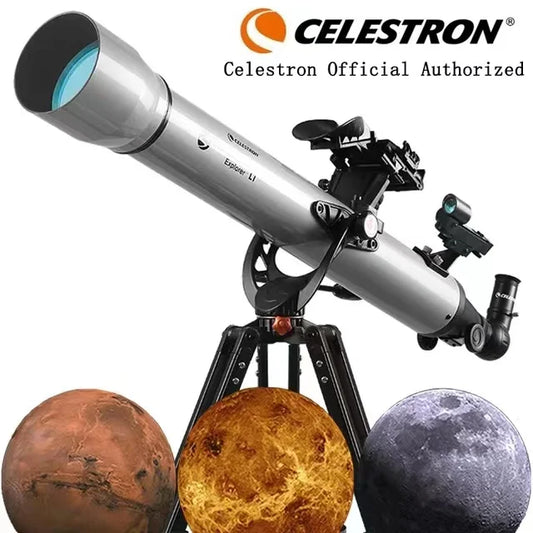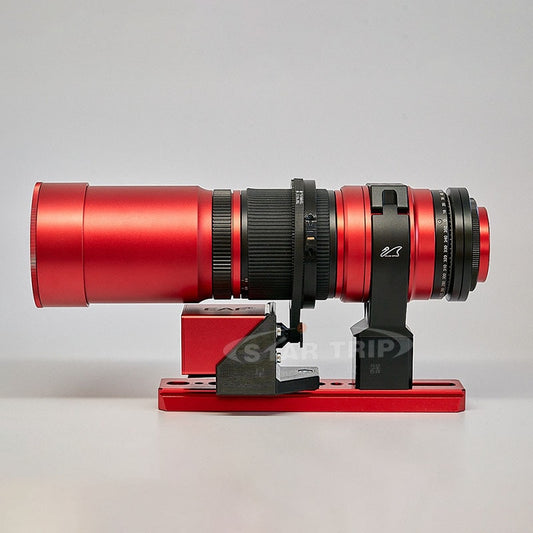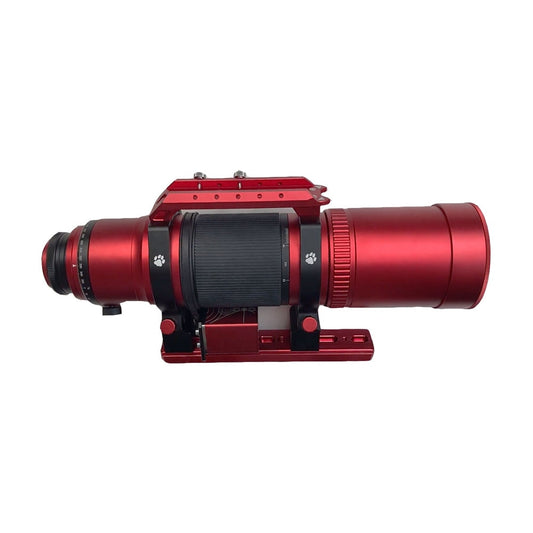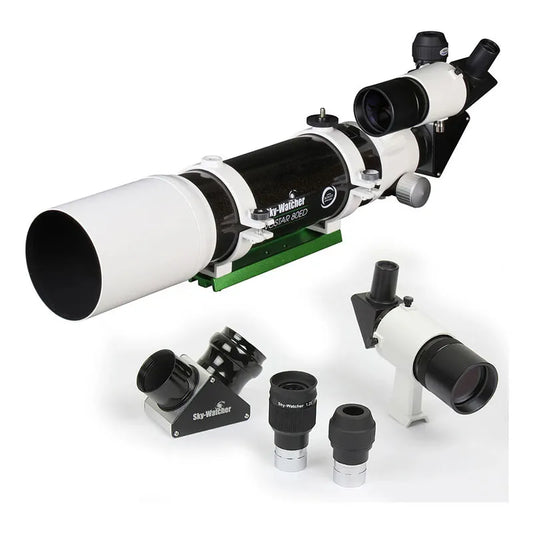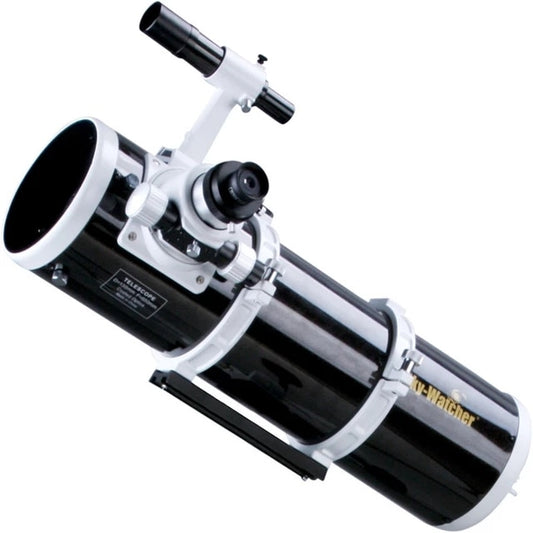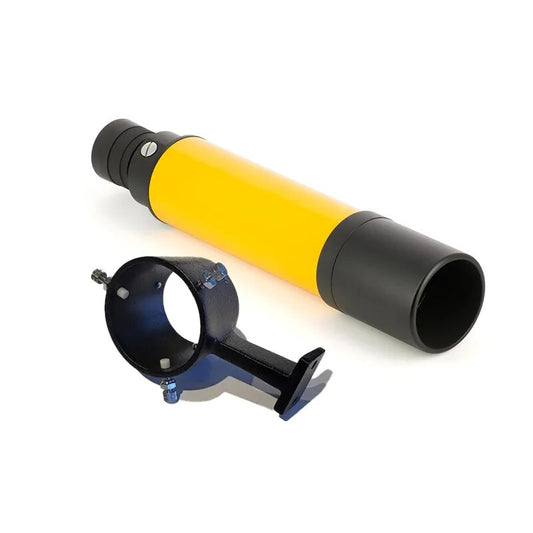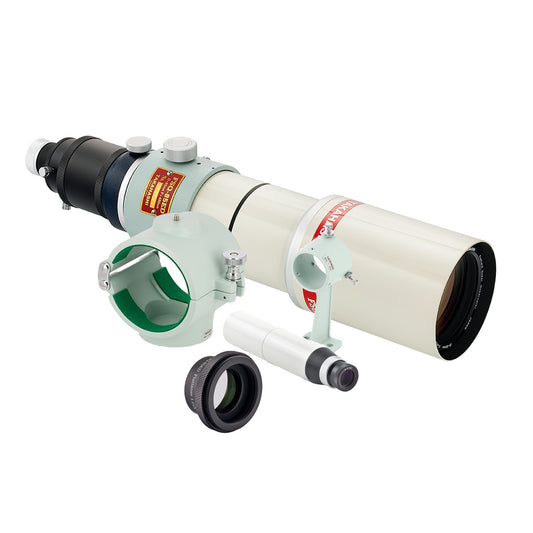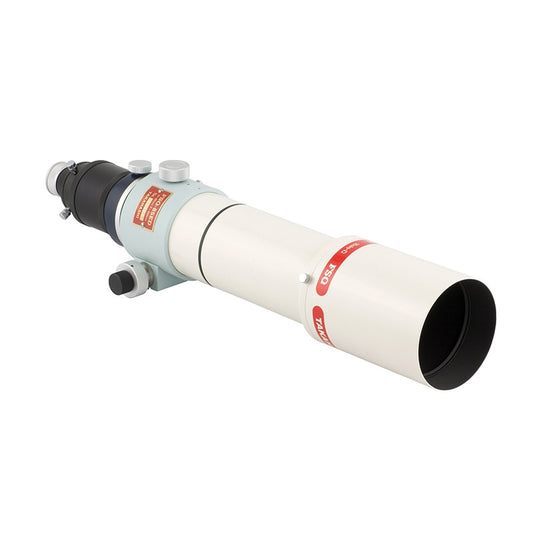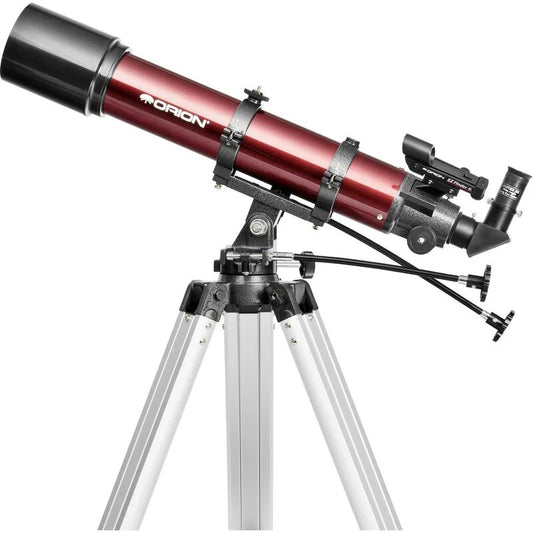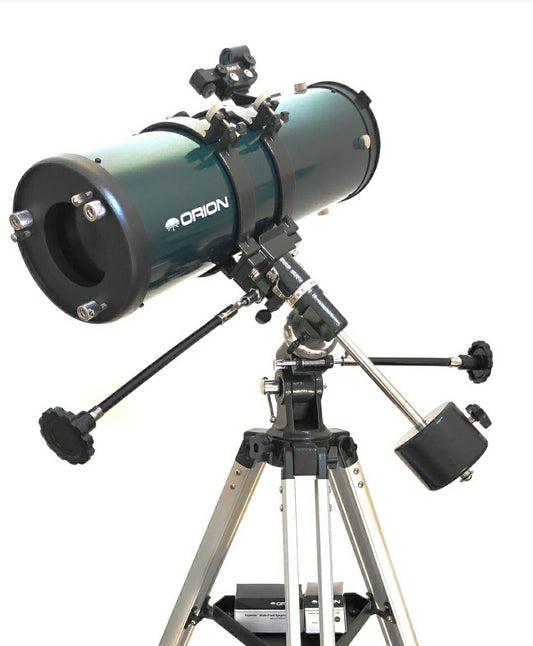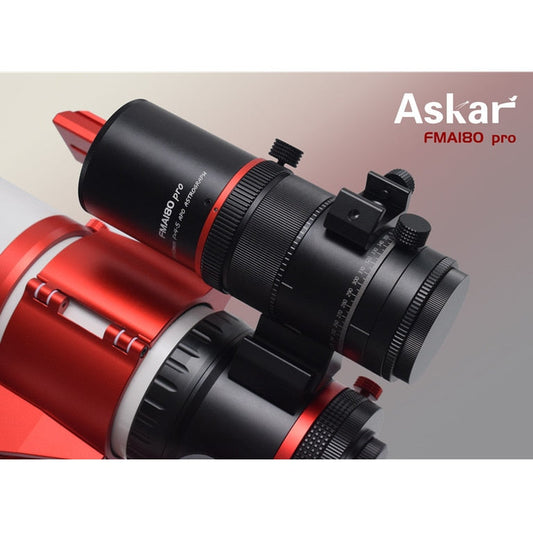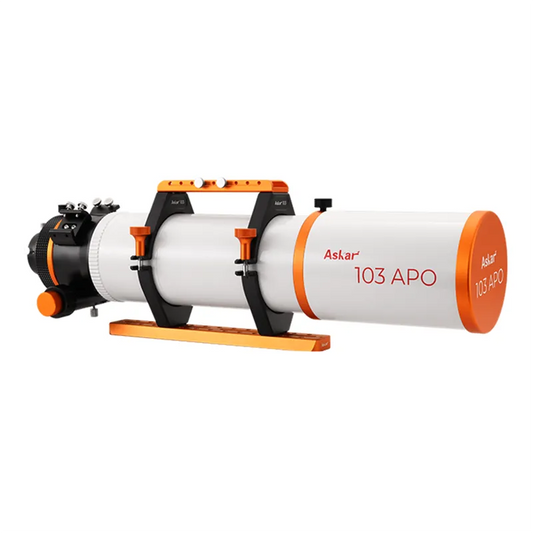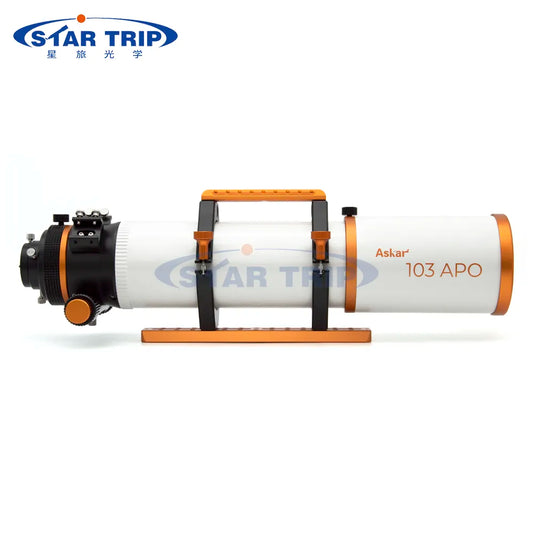Best Telescopes Under $1000 in 2023: Top Picks and Buying Guide for Stellar Stargazing
Introduction to Affordable Telescopes
The night sky is a wonder to behold, and with the right telescope, you can explore its beauty without breaking the bank. In this comprehensive guide, we'll reveal the top 10 best telescopes under $1000 in 2023, perfect for amateur astronomers and budding astrophotographers. We'll also discuss the different types of telescopes, key features to consider when buying, tips for getting started, and how to capture stunning celestial images on a budget.
Top 10 Best Telescopes Under $1000 in 2023
- Celestron NexStar 6SE
- Sky-Watcher EvoStar 100ED
- Orion AstroView 120ST Equatorial Refractor
- Meade Instruments Infinity 102 AZ
- Celestron Astro Fi 130 Wireless Reflecting Telescope
- Orion SkyQuest XT8 Classic Dobsonian
- Explore Scientific FirstLight AR127 Refractor
- Zhumell Z10 Deluxe Dobsonian
- Celestron Omni XLT 150 Reflector
- Vixen Optics R130Sf Newtonian Reflector
In-Depth Reviews and Comparison
In this section, we'll dive deep into the features, performance, and user experience of each telescope on our list. By comparing their strengths and weaknesses, you'll be able to determine which model is best suited for your specific needs and budget.
Types of Telescopes: Refractor, Reflector, and Catadioptric
There are three main types of telescopes, each with its unique advantages and drawbacks:
- Refractor Telescopes: These telescopes use lenses to gather and focus light. They generally provide sharp, high-contrast images and require little maintenance. However, they can be more expensive and less portable due to their longer tubes.
- Reflector Telescopes: These models use mirrors instead of lenses, which allows for larger apertures at a lower cost. They excel at observing faint objects like galaxies and nebulae, but may require more frequent alignment (collimation) and are more susceptible to dew formation.
- Catadioptric Telescopes: Also known as compound telescopes, these combine the best of refractor and reflector designs. They use a combination of lenses and mirrors to produce sharp, high-contrast images with a compact and portable design. However, they can be more expensive and may not perform as well in certain observing situations.
Key Features to Consider When Buying a Telescope
When shopping for the best telescope under $1000, consider the following key features to ensure you're making an informed decision:
- Aperture: The diameter of the telescope's light-gathering element (lens or mirror). A larger aperture captures more light, allowing you to observe fainter objects and greater detail.
- Focal Length: The distance from the lens or mirror to the point where the light converges. A longer focal length results in higher magnification and a narrower field of view, while a shorter focal length provides a wider field of view and lower magnification. 3. Mount: The telescope's support system, which can be either an altazimuth mount (up-down, left-right movement) or an equatorial mount (designed for tracking celestial objects as they move across the sky). Equatorial mounts are better suited for astrophotography.
- Portability: Consider the size and weight of the telescope, especially if you plan to transport it to different observing locations. Smaller, more portable models may sacrifice some aperture and focal length in exchange for easier transportation.
- Accessories: Telescopes often come with a variety of accessories, such as eyepieces, finderscopes, and tripod systems. Make sure the included accessories meet your needs or budget for additional purchases if necessary.
Tips for Beginners: How to Get Started with Your New Telescope
Once you've chosen the perfect telescope, follow these tips to make the most of your stargazing experience:
- Learn the basics: Familiarize yourself with the key concepts and terminology of astronomy, including celestial coordinates, star charts, and constellations.
- Set up your telescope properly: Ensure your telescope is mounted on a stable surface and properly aligned for accurate observation.
- Start with easy targets: Begin your observing sessions with bright, easy-to-find objects like the Moon, planets, or well-known constellations.
- Experiment with eyepieces: Different eyepieces provide different magnifications and fields of view. Try various combinations to determine which works best for specific celestial objects.
- Join an astronomy club or attend local star parties: Connecting with other enthusiasts can provide valuable guidance, knowledge, and camaraderie as you explore the night sky.
Astrophotography with Telescopes Under $1000
Capturing stunning celestial images doesn't require a fortune. Many telescopes under $1000 are capable of producing impressive astrophotography results. Keep these tips in mind when delving into astrophotography on a budget:
- Choose the right telescope and mount: Opt for a telescope with a suitable focal length for your desired subjects, and ensure your mount is capable of tracking objects smoothly and accurately.
- Invest in a solid tripod: A sturdy tripod is essential for minimizing vibrations and ensuring sharp, blur-free images.
- Use a dedicated astrophotography camera or modify your DSLR: Specialized astrophotography cameras provide better performance in low light, but a modified DSLR can also produce excellent results.
- Learn image processing techniques: Mastering post-processing skills is essential for bringing out the best in your astrophotography. Experiment with stacking and editing software to enhance your images.
Frequently Asked Questions About Telescopes
- Can I use a telescope for terrestrial viewing? Yes, many telescopes can be used for terrestrial viewing, but you may need to purchase a separate diagonal or erect-image eyepiece to correct the image orientation.
- What can I expect to see with a telescope under $1000? With a quality telescope under $1000, you can expect to observe the Moon's craters, planets and their moons, star clusters, nebulae, and even distant galaxies.
- Do I need a computerized telescope? While computerized telescopes make finding and tracking celestial objects easier, they are not necessary for enjoyable stargazing. Many manual telescopes offer excellent performance at a lower cost.
Conclusion
Choosing the best telescope under $1000 in 2023 doesn't have to be daunting. By considering the key features, understanding the different types of telescopes, and learning about the top models on the market, you can make an informed decision that suits your needs and budget. Whether you're a beginner looking to explore the night sky for the first time or an experienced amateur astronomer seeking an upgrade, there's a telescope under $1000 that's perfect for you.
Remember that patience and practice are essential for mastering the art of stargazing. As you gain experience, you'll become more adept at locating celestial objects and fine-tuning your observations. Don't forget to share your passion with others by joining local astronomy clubs, attending star parties, or introducing friends and family to the wonders of the universe.
By investing in a quality telescope under $1000, you're opening the door to a lifetime of discovery and a deeper appreciation for the cosmos. Clear skies and happy stargazing!
More Telescope Topics:
- Who Invented The Telescope?
- Why are Telescopes Important?
- When was The Telescope Invented?
- Why are Refractor Telescopes Popular?
- Best Deep Sky Objects by Month
- Best Telescope for Viewing Planets and Galaxies
- Best Telescope to See Planets and Galaxies
- Best Telescope Eyepiece for Viewing Planets
- Reflector Vs Refractor Telescope
- William Optics Redcat 51
- Takahashi Telescopes
- Brightest Objects in the Night Sky
- What Does a Focal Reducer Do on a Telescope
- Ax Telescope Mount
- Types of Telescopes
- Telescope Mounts Explained
- What is a Catadioptric Telescope
- Telescope Aperture
- How Does a Telescope Work
- Are There Telescopes for Smartphone Camera
- How Much Does a Telescope Cost
- What Makes a Good Telescope
- What Does a Focal Reducer Do
- Stellarium
- Bahtinov Mask
- Qhyccd Polemaster Review
More Space Telescopes:
- Hubble Telescope
- Edwin Hubble
- Hubble Deep Field
- James Webb Telescope - The Future of Space Exploration
- James Webb Telescope vs Hubble
- Hubble Palette


